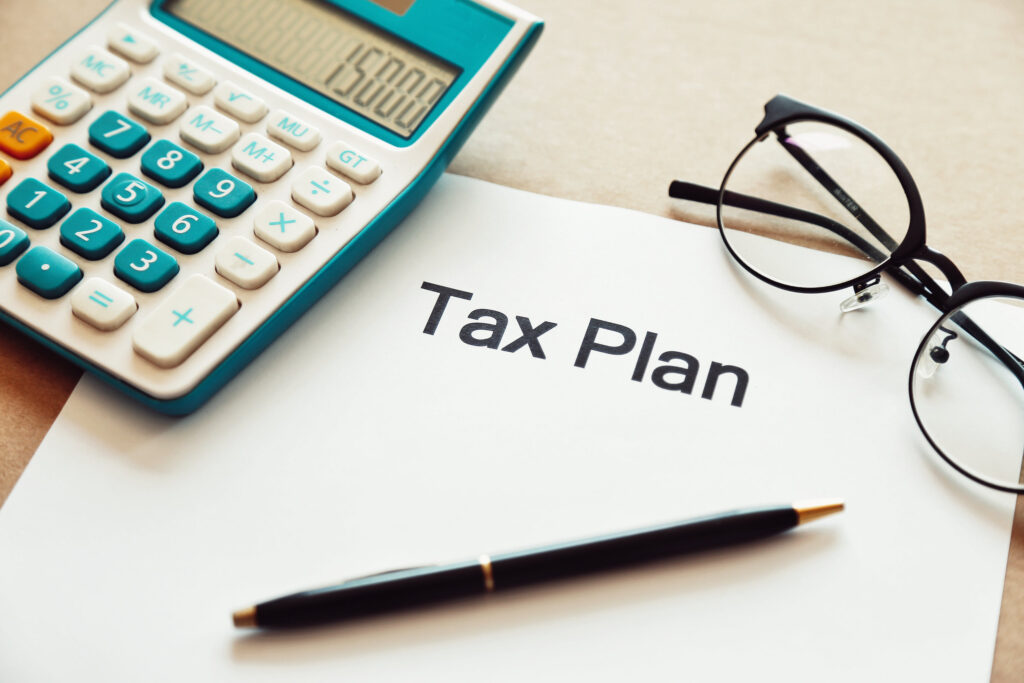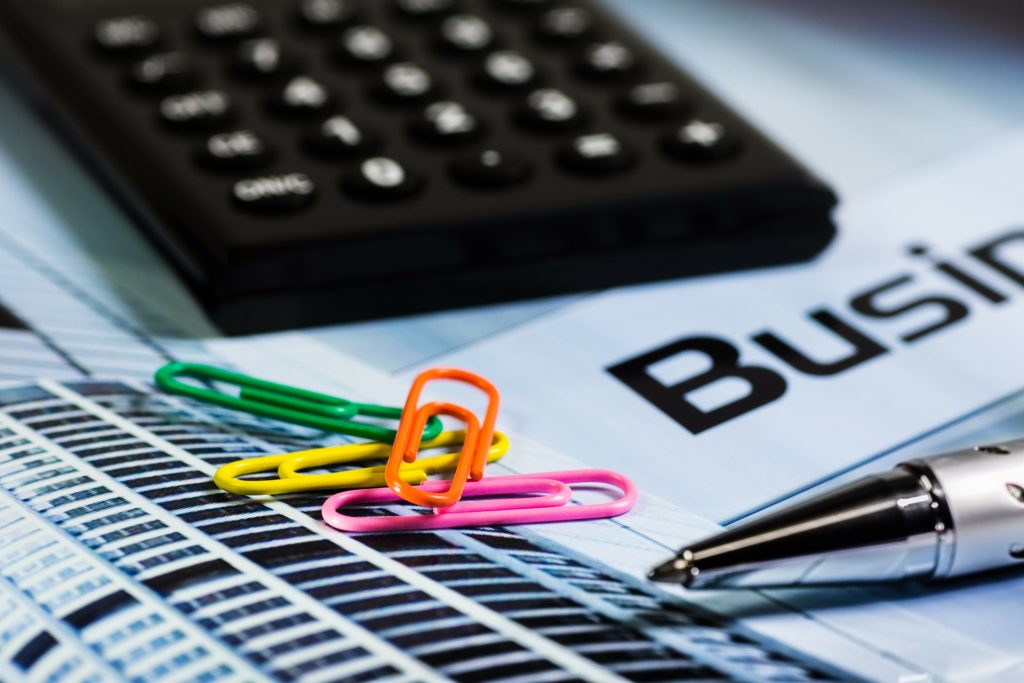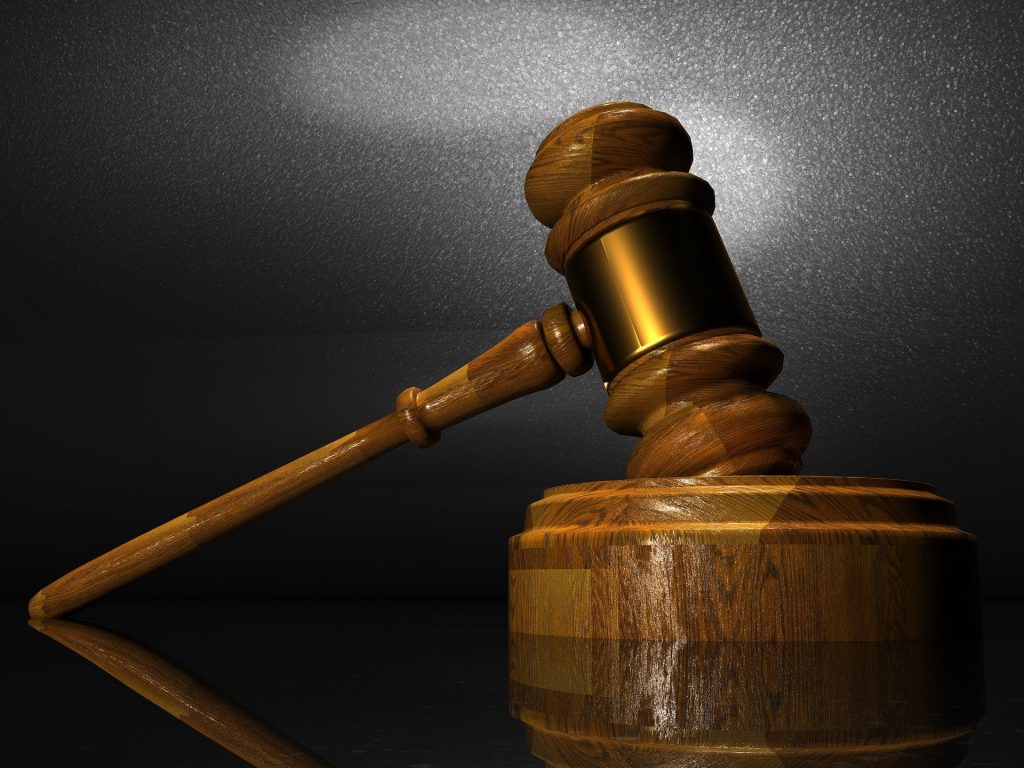
Filing your taxes each year isn’t usually easy. For one, tax laws are incredibly complex. For another, there is a slew of credits and deductions out there, making it hard for most people to ensure that they’re tapping everything they’re eligible to use. Thankfully, by learning about tax pitfalls, it’s possible to handle your taxes correctly. Here are eight tax pitfalls that all filers need to pay attention to this year.
1. Not Researching Tax Breaks
As mentioned above, there are numerous credits and deductions available to tax filers. The thing is, if you don’t find the ones you can use on your own (or by using an appropriate tax service or professional), the IRS isn’t going to tell you that you missed one.
Generally, the IRS worries about you underpaying, not overpaying. If you miss a credit or deduction, that’ll essentially be on you.
If you’re worried that you’re overlooking an opportunity, then turn to a tax professional or use reputable tax software. With the former, they’ll have the expertise to ensure you check every potential option. With the latter, the software knows about every deduction and credit that’s out there and can help determine if you’re eligible with a few clicks.
2. Mixing Up the Deadlines
While it would be easier if all of the tax-related deadlines were the same, that isn’t how they’re set up. Certain things wrap up on December 31 of the tax year, while others extend into the new year. For example, mortgage interest and 401(k) contributions are calculated from January 1 through December 31 during the tax year.
However, you can make a qualifying contribution into an IRA until the tax filing deadline the year after. For instance, if you wanted to boost your tax deduction when you file your 2021 taxes in 2022, you could contribute to a qualifying IRA up until April 15, 2022, and apply that amount to your 2021 taxes. The same option is available for health savings accounts.
By knowing the various deadlines, you have the ability to maximize certain deductions within a given tax year. As a result, you may be able to reduce what you owe significantly.
3. Overlooking Non-Traditional Income
When you file your taxes, you need to include all of your income from every source. While this is simple with traditional jobs that provide W-2s, those aren’t the only kinds of earnings that you’ll need to report.
For instance, anything reported on a 1099 typically needs to be reported. This includes self-employment income from specific sources, as well as investment earnings, gambling winnings, sweepstakes prizes, lottery winnings, savings account interest, and more.
Additionally, you have to report income that doesn’t show on any forms. Usually, a 1099 is only required if the dollar amount in question crosses a specific line, such as $600. However, if you earned $200 doing online surveys, you still have to report that money, even if you don’t get a 1099. Otherwise, you may underreport and could face a penalty.
4. Making Math Mistakes
Even a small math error can have big consequences if it causes you to underpay. Plus, errors might increase your odds of getting audited, which isn’t any fun.
Usually, math issues are most likely for those doing their taxes by hand. With software systems – including those traditionally used by tax professionals – the calculations are built into the program, reducing the likelihood of a mistake. As a result, using a solution could be your best bet.
5. Incorrect Names or Social Security Numbers
While you might think that a small typo in a filer’s or dependent’s name or Social Security number isn’t a big deal, the IRS doesn’t agree. Missing or incorrect Social Security numbers will get noticed and trigger ramifications, the nature of which may vary depending on the rest of your situation.
The same goes for misspelled names. If the name doesn’t match what’s on file with Social Security, you could face filing difficulties.
6. Choosing the Wrong Filing Status (or Incorrectly Claiming Dependents)
When you file your taxes, you have to select a filing status. If you pick the wrong one, you could end up paying more than you should or less than you’re required. With the former, that means sending money to the IRS that you didn’t owe, which isn’t ideal. With the latter, you’ll face penalties when your mistake is caught.
Incorrectly claiming dependents comes with the same risks. You could end up over or underpaying, neither of which is good.
If you need more information about filing status and dependent options, the IRS has an online tool that can help. Plus, most tax software solutions and professionals can help you determine the right classification for your situation.
7. Not Filing for an Extension If You’re Struggling Last Minute
If you’re trying to wrap up your taxes and filing day is just a couple of days away, be realistic about whether you can pull it off. If your situation is too complex to finish on your own in that time, file for an extension immediately.
When you file for an extension, you’re letting the IRS know that you are having trouble getting everything handled before the deadline, keeping the agency in the loop. Usually, the IRS is reasonably forgiving if you file an extension and will typically grant you the needed time in this situation. Just remember that you need to pay what you owe by the filing deadline. Otherwise, you may face financial penalties.
8. Paying Too Much to File
Many people don’t realize that those with simple tax situations and who have household incomes below a specific threshold can usually file their taxes online for free. For example, if your adjusted gross income (AGI) is no more than $73,000, you can use the IRS Free File program, which includes online forms, automatic calculations, and e-file capabilities.
However, there are other free services available. Many of the major tax software providers have a free version for simple tax situations, such as those who only have W-2 income to report, are claiming the standard deduction, and are only using basic tax credits.
Before you pay for any service, see if a free filing option is available to you. That way, you can get the job done without spending any money unnecessarily.
Can you think of any other tax pitfalls people should watch out for when they file? Have you had to deal with any of the pitfalls above and want to tell others about your experience? Share your thoughts in the comments below.
Read More:
- Tax Tips for Tax Time
- Annuities and Taxes: Here’s What You Need to Know
- The Best Way to Do Your Taxes When Running Your Own Business
Tamila McDonald is a U.S. Army veteran with 20 years of service, including five years as a military financial advisor. After retiring from the Army, she spent eight years as an AFCPE-certified personal financial advisor for wounded warriors and their families. Now she writes about personal finance and benefits programs for numerous financial websites.




